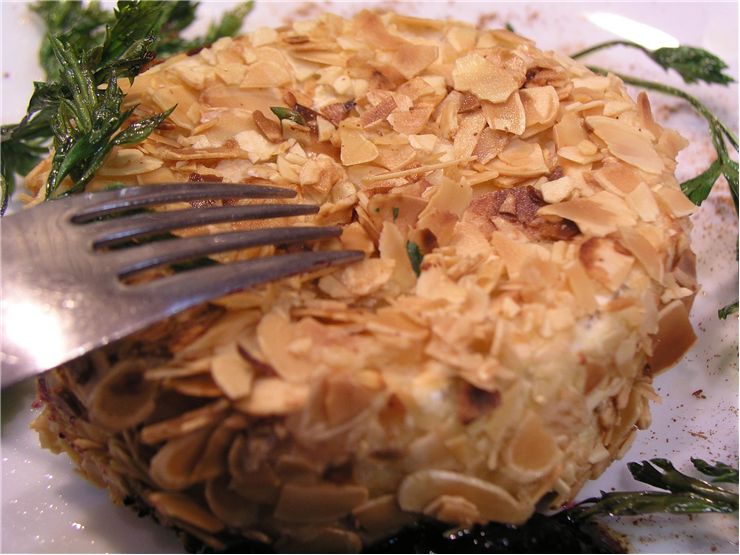History of Camembert - Benefits and Facts
Camembert is the most popular cheese in France, and one of the best known cheeses in entire world. Even though the exact origins of this soft, creamy, and light surface-ripened cow’s milk cheese is not precisely known, the rise to its prominence can be traced to the late 18th century in northern France in the region of Camembert, Normandy.
The first records of production of Camembert cheese lead to the y Marie Harel, a farmer from Normandy who first started producing this cheese in 1791. However, records show that she heard about that recipe from priest who came from Brie. The next 100 years were fairly uneventful, with Camembert cheese slowly starting to attract more and more attention b3ecause of tis great taste. Its rind was often very colorful because of the different ways bacterial processed cheese, and basic recipe consisted of mixing warmed unpasteurized cow milk with mesophilic bacteria, and then adding rennet that coagulated cheese. Curd was cut in small cubes, transferred to wooden molds, turned each 6-12 hours so that whey can be drained. After at least 2 days, mold is transferred to ripening, which is done using the help of Penicillium camemberti mold that works from outside in for the period that last minimum of 3 weeks. Rind of Camembert is edible.
The expansion of the popularity of Camembert cheese happened in late 19th century with the arrival of industrial processing. This made Camembert famous all around the world, especially after engineer M. Ridel invented wooden box that can safely transport Camembert cheese for long periods of time. This invention enabled America to become in love with Camembert cheese, and these transport boxes are still in use today. Largest popularization of Camembert cheese happened during World War I when French government started producing it as part of official war rations. This made Camembert cheese part of not only French culture, but also popular all around the world where this cheese is still produced in many regional variations. Modern Camembert is packaged either in wooden containers made from light poplar, but variations with cartoons, tin cans, foils and wrapping paper are also sold all around the world. Metal containers are very rare, and regular users of this cheese are encouraged to take Camembert cheese from its original container and place it in dedicated box that is stored in ambient temperature and not in refrigerator.
Camembert cheese is registered under AOC as "Camembert de Normandie" ever since 1983 and under PDO as of 1992.
